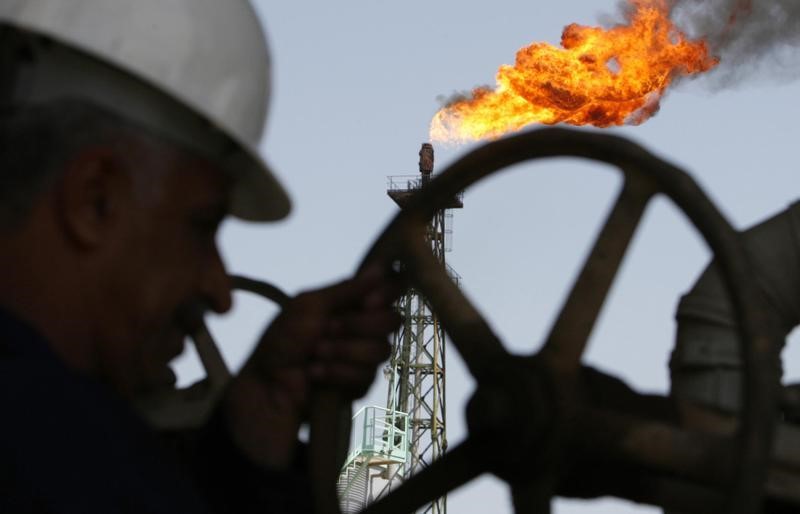Investing.com’s stocks of the week
By Barani Krishnan
Investing.com - Three magic letters send shivers down the spines of oil bulls: SPR. And that's cutting the rip-roaring rally in crude short today.
New York-traded West Texas Intermediate and London's Brent, the global benchmark for oil, tumbled about 2% each on Friday in a belated reaction to Thursday's announcement by the U.S. Energy Department that it was offering up to 6 million barrels of emergency stocks from the Strategic Petroleum Reserve, or SPR.
WTI settled down $1.40, or 2.4%, at $55.80 per barrel. It had finished February up more than 6%, extending January's rally of nearly 19%.
Brent slipped by $1.33, or 2%, to $64.98 per barrel by 2:37 PM ET (19:37 GMT). It rose nearly 8% in February, extending January's 15% gain.
The SPR sale, according to the Energy Department, was to raise funds to modernize the SPR's operations. But many saw a hidden message within the offer that there could be more releases like this to counter OPEC's production cuts or supplies tightening from U.S. sanctions against Venezuelan and Iranian oil.
Notwithstanding Friday's slide, WTI and Brent remain up more than 20% on the year.
The SPR, oil held in caverns along the coasts of Texas and Louisiana, holds nearly 650 million barrels of various crude grades, from the light, low-sulfur sweet oil abundantly available across America and the world, to the more limited heavy, sulfur-laden sour exported by Saudi Arabia, Venezuela and Iran.
The SPR crude offered for sale by the Energy Department on Thursday was the sweet type.
Sweet crude is perfect for refining into gasoline, while sour oil is required for diesel, jet fuels and other transportation oils that need more viscosity.
Those with an upward bias to oil prices on Friday tried to correct what they called the market's wrong perception over the SPR offer that the Trump administration was doing battle with OPEC kingpin Saudi Arabia, which has been slashing sour crude exports to the U.S.
"The sale is not to counteract the loss of Venezuelan or OPEC oil but to use the money to maintain facilities," said Phil Flynn, senior energy analyst at The Price Futures Group brokerage in Chicago.
"Plus, the SPR oil is light oil and not really going to help replace those barrels," Flynn added.
Despite such calls, oil prices continued to fall on Friday, either on profit-taking to February's heady run-up or on continued fears that the Trump administration might still wield the SPR as a weapon against OPEC.
Some analysts also pointed to other factors behind Friday's market weakness, including WTI's failure to hold above $57.80, a key technical area watched by the market.
Canada's main oil-producing province of Alberta also gave oil investors reasons to worry, saying on Thursday it has raised the amount of crude that companies in the region can produce in April to 3.66 million barrels per day, an increase of 100,000 bpd from the limit imposed in January.
While oil bulls argue about the fundamental differences between sweet and sour crude to prices, often the two get lumped together, prompting the market to just look at total supply.
On the demand side, China's February factory activity fell for a third month as the world's second-largest economy continued to struggle with weak export orders, a private survey showed on Friday, Reuters reported.
A separate Reuters poll also showed analysts expect global fuel consumption to dip this year in the face of a broad economic slowdown.
But a couple of things were in oil bulls favor too: data showing U.S. oil rigs at a near 9-month low, meaning some drillers were still cutting production despite WTI's recent highs, and forecasts for record diesel consumption this year in India.
